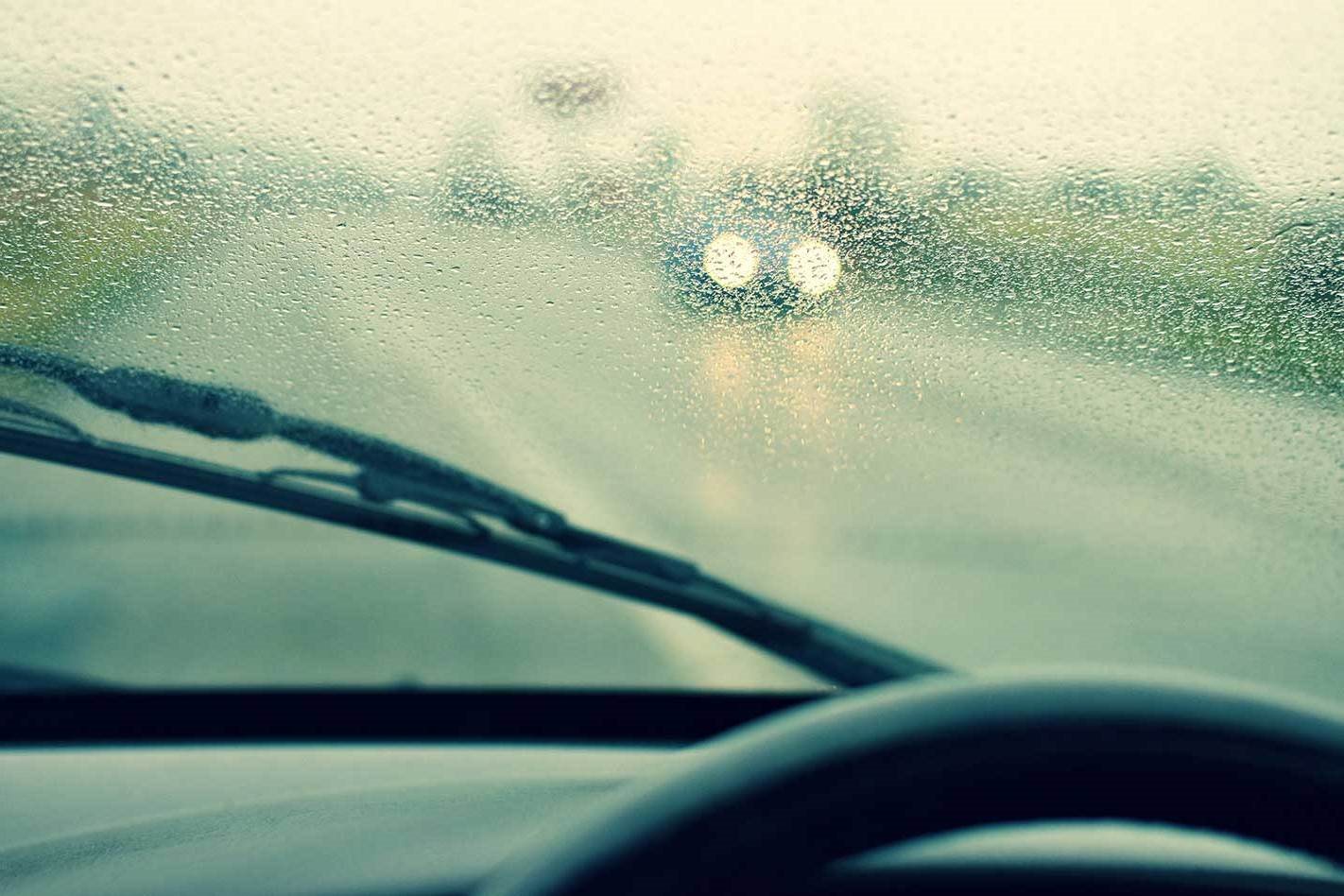
The weather has started to drop, the sun has lost its shine and ominous clouds settle in for the next three months. It’s that time of the year when we pray for the soothing sound of rain to help us fall asleep, but dread its slippery havoc on our roads.
When it rains, there’s always the risk it’ll pour, and it can be an unnerving experience. But there are some things you can do to make sure you, your car and your passengers keep safe during the wetter months.
1. USE YOUR HEADLIGHTS
First things first – you should regularly check your car’s headlights are working at the front and the back.
When storm clouds cover the sun and things start to get a little bit dark, your beams should be on. So when it starts to rain, and visibility is low, you know which way you should flick the switch – on. Most new cars come with automatic lights these days, but flick them on manually if you’re unsure they’re working.
Avoid using fog lamps during the rain too. The light through the speckled water can cause glare for other drivers.
2. ALLOW MORE TRAVEL TIME
There’s no point risking an accident to rush to a destination while the roads are slippery. There are more accidents on the road during the rain, and people are generally driving slower, so everything will take a bit longer than usual. Allowing enough time will mean you can account for the rainy traffic and also take it slow to avoid ending up in an accident.
3. SLOW YOUR SPEED
On the note of travel time, if Mother Nature has sent a roaring storm with flood-like rains, slow your speed. Similar to driving on icy roads, your speed should be half of the dry-weather speed. Don’t be in a rush; chances are everyone will be late to the same meeting.
4. KEEP YOUR DISTANCE
Your stopping distance is increased during wet weather. In fact, it’s almost double. On dry roads, stopping distance should be measured at two seconds. In the wet, you need to allow four seconds between you and the car in front.
Also, try following tyre tracks of the car in front of you. It’ll avoid you creating your own path in slipperier parts of the road. The same thing should be done through mud and snow.
5. AQUAPLANING
Aquaplaning is a frightening experience, regardless of how skilled a driver you are. When your tyres lose contact with the surface of the road because water occupies the space between rubber and tarmac, your car can very quickly lose control.
It’s hard not to panic but there are steps you can take to avoid it ending in disaster: First of all, be aware that after dry weather the roads are slippery and avoiding big masses of water on the road will reduce the risk of aquaplaning. If you do happen to lose control, gently take your foot off the accelerator and continue pointing the steering wheel in the right direction, while keeping your eyes fixed on where you want to go. Don’t slam on the brakes, as this will cause your tyres to lock. If you absolutely have to brake, push your foot on and off the pedal to pump your brakes.
6. PULL OVER
If the rain gets too heavy and you’re finding it difficult to see through your windscreen, then pull over to the side of the road, throw on your hazard lights so other traffic can see you, and wait for the clouds to move on. Nothing is worth risking an accident and your nerves will be better for it.



